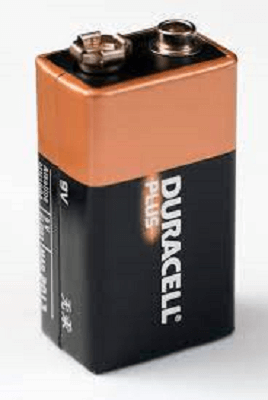Electronic ComponentsAn electronic component is a device in an electrical system that controls the flow of electrons in the circuit. It is a part of various industrial and large products. Electronic components should not be confused with electrical components. The electrical components are commonly used in electric circuits, such as resistance, capacitor, and inductor. It converts the electrical form of energy into other forms, such as heat, while electronic components control the flow of electrons to perform a task. The electronic components have multiple leads connected to the electrical components to form a complete circuit. Some components, such as electronic chips, semiconductor integrated chips, etc., comprise various components. Types of electronic componentsThe electronic components can be classified as active, passive, and electromechanical components. Active ComponentsThe active components act as a source of energy for another device, such as a battery. Thus, it provides energy to various home appliances and other devices. But, the battery also requires energy from the AC voltage for charging. Therefore, it can store a charge that can be used further but requires external voltage to recharge. Thus, we can say that active components rely on the external power source. Examples of active components are transistors, tunnel diodes, zener diodes, etc. In addition, the active components also include amplifying components. The types of active components are as follows: Transistors Transistor is a three-terminal device that amplifies the electronic signal. It can also switch the corresponding signal or power. It means that transistors have the dual ability to switch and amplify the signal. It is generally made of semiconductor material. The semiconductor transistors are classified as follows:
JFET is suitable for low-noise applications and has no oxide layer like MOSFET. Other types of transistors are classified as follows:
IC (Integrated Circuits) Integrated Circuits comprise the combination of small circuits mounted on a flat piece of https://www.javatpoint.com/semiconductor , especially silicon. IC has low cost and better performance as compared to digital circuits. In addition, many components, such as MOSFET, can be integrated on the small integrated circuit chip. 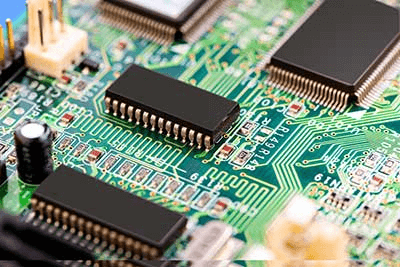
Diodes A diode is an electronic device that conducts current only in one direction. However, some diodes also conduct current in both directions, like the Zener diode. 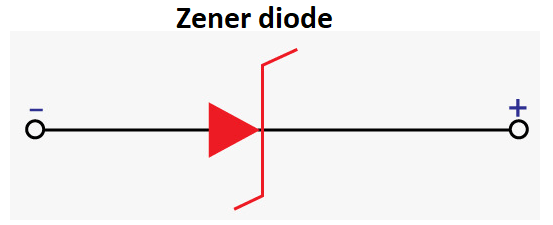
The https://www.javatpoint.com/diode can be classified as https://www.javatpoint.com/zener-diode, https://www.javatpoint.com/led, photo diode, tunnel diode, varactor diode, variable capacitance diode, tuning diode, laser diode, and varicap. LCD LCD or Liquid Crystal Display is a flat display that uses light crystals and a reflector to display the text and the images. The common examples of LCD are the seven-segment display and digital clock display. In addition, LCDs are used in various applications, such as instrument panels, Television displays, projectors, video game devices, computer monitors, etc. 
OLEDS OLEDs or Organic Light-Emitting Diodes emit light when the current flows through its circuitry. It is a type of LED that uses an organic compound to emit light. OLEDs have replaced LCD due to their infinite color contrast, lower weight and response time, flexibility, and lower power consumption. Programmable Devices Such devices can be programmed according to the requirements. The common programmable devices are as follows:
Power Sources Power sources are the sources from where the power can be received. It means the rate at which the electrical energy is transferred. The types of power sources are as follows:
Optoelectronic devices The optoelectronic devices are the type o transducers that covert the electrical into optical or vice-versa. The most common materials that exhibit optical properties are semiconductors. The phenomenon of such devices is based on the Quantum mechanical effects of light. Amplifier circuitsAs the name implies, amplifiers are used to amplify the signal. We can also say that amplifiers are used to increase the power of a signal. Let's discuss how. The amplifier accepts the input signal, produces the amplitude greater than the signals, and gives the output. The output-input signal can be the voltage, current, or power signal. The gain of the amplifier determines its amplification. Therefore, it is the major factor that determines the output of a device. Consider the below example. A speaker has amplifiers that take the input signals generally from the devices, such as mobile phones and CD/DVD media players. The input signal is a small signal from these devices. The amplifier creates an enlarged replica of the input signal, which produces the output signal with greater strength and sound. Thus, we can say that the output signal is the magnified version of the input signal. The number of amplifiers in a speaker can vary depending on the inserted driver. Amplifiers are used in various applications, such as automation, electronic speakers, and marine systems. Microcontroller A Microcontroller is a small computer used in automated control applications, such as embedded systems, personal computers, and engine control systems. Passive componentsThese components are generally the two terminal devices. It cannot amplify the signal nor relies on the external power source. But, it can increase the induced voltage or current in the circuit. The examples of passive components include resistors, capacitors, and inductors. The capacitor can store the charge when it is connected to a power source. But, the charge stored in it cannot be utilized as a source of energy, but it can be used to increase the induced voltage or current in the circuit. Let's discuss the various passive devices. Capacitor A https://www.javatpoint.com/capacitor is a storage device that stores the charge between its two plates. The distance between the two plates is called dielectric, as shown below: 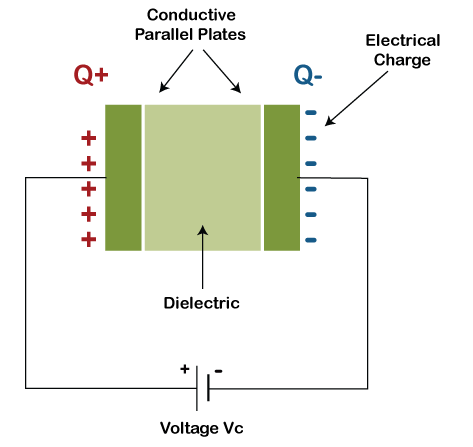
The symbol of the capacitor is: 
The two plates of the capacitor are also known as electric conductors. The conductor's common material is metal; it can easily allow the charge to flow (Metals are a good conductor of heat and electricity), while the dielectric act as insulator. Resistor A resistor is two-terminal device that induces electrical resistance in the circuit. 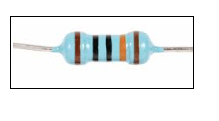
The common uses of resistors in electronics are to reduce the amount of current flow, divide the voltages, etc. The unit of electrical resistance is Ohms. It is one of the essential elements of the electrical circuit. For example, A resistor connected in series with an LED prevents it from high current. The high power resistors are also used in power systems, generators, and motor controls. Resonators A resonator is a device that oscillates at a frequency called resonant frequency. The resonators are used to generate waves of a specific frequency or to select it from a signal. A resonator is made of millions of atoms. Thus, it can exhibit million of resonant frequencies. For example, quartz crystal in quartz watches tends to produce oscillations of a specific frequency. Transducers It is a device that converts one form of energy into another. The common examples of transducers are loudspeakers, telephones, antennas, sensors, thermometers, etc. Transducers are used in various applications, such as automation and control systems where electrical energy is converted into physical quantities (motion, force, torques, etc.). There are bidirectional transducers that can convert one form of energy into another and vice-versa. For example, it can convert electric energy into sound and sound into electrical energy. Transformer The working process of a transformer is based on electromagnetic induction. It is commonly used to increase or decrease the voltage in a circuit. Such transformers are known as step up and step down transformers. A transformer has two coils called primary and secondary. The EMF (electromotive force) is induced in the secondary coil through the magnetic flux. The magnetic flux is generated due to the current and voltage across the primary winding of the transformer. Motors A motor or an electric motor converts electrical energy into mechanical energy. Such motors can be driven by either AC (https://www.javatpoint.com/ac-alternating-current ) source or DC (Direct Current) source. The AC sources are generators, etc., while the DC sources are rectifiers, batteries, etc. Electric motors are 95% efficient, lightweight, and cheap as compared to ICE (Internal Combustion engine). Sensors Sensors are commonly used with other electronic devices. It is a device or a module that predicts the changes in the environment and sends the signal to the corresponding electronic device, particularly a computer processor. The types of sensors are pressure sensor, motion sensor, position sensor, proximity sensor, radiation sensor, etc. Thermistor A Thermistor is a combination of two words, thermal and resistor. Thermal means heat (temperature), and resistor means a device that has some electrical resistance. Thus, thermistor is a type of resistor whose resistance depends on the temperature. It is used in applications, such as fire alarms and refrigerators. Hygrometer A hygrometer is a measuring device used to measure the amount of water vapors present in the air or soil. It is often known as the measurement of humidity. It depends on other quantities, such as pressure and pressure. 
Magnetometer The magnetometer is a device that is used to measure the magnetic field. It can also measure the magnetic dipole moment. A common example of a magnetometer is a magnetic compass. In addition, some magnetometers can measure the magnetic properties of the materials, such as ferromagnetic. 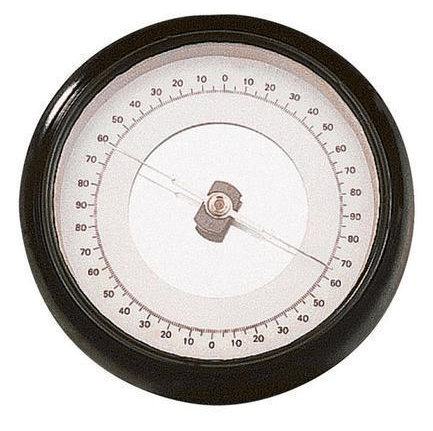
Loudspeaker A loudspeaker is a type of transducer that converts the electric audio signal into sound. The amplifier present in the loudspeaker amplifies or strengthens the signal before sending it to the speaker. The resulted sound produced by the loudspeaker is the amplified and louder version of the original electric audio signal. 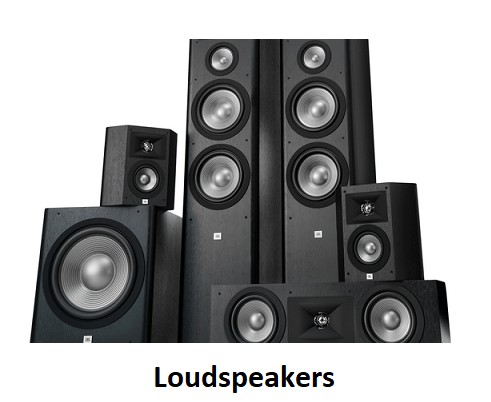
Wires It is an electronic component that is used to assemble other electronic components in a circuit. 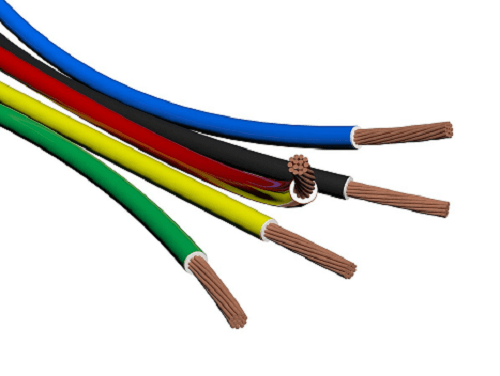
Breadboard A https://www.javatpoint.com/breadboard is a white rectangular board with small embedded holes in which electronic components can be inserted. It is commonly used in electronics projects. 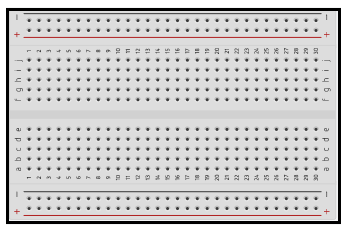
Antennas An https://www.javatpoint.com/antenna is a thin metallic structure, which used to transmit radio EM waves. An antenna acts as a transducer that converts the electrical energy into EM waves. The electric charges are the source of the EM or electromagnetic waves. 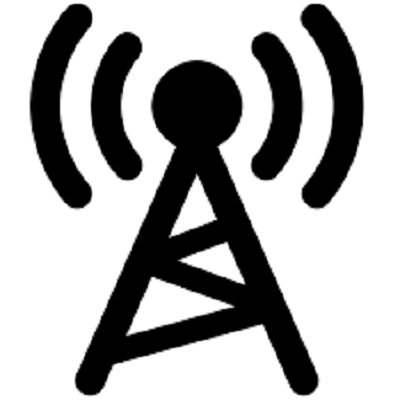
The Antenna can be used both as a transmitting antenna or the receiving antenna. Electromechanical componentsThe mechanism of electromechanical components is based on the combination of the electrical and mechanical. It means that the electrical mechanical system works together as a system. The examples of electromechanical components are. The applications involved are generally moving parts of a machine that operates with the help of an electric connection. The electromechanical devices are as follows: Accelerometer The accelerometer is a device capable of detecting changes in motion in the form of acceleration. It can also measure the vibration of a structure. Piezoelectric devices The piezoelectric components use the piezoelectric effect to filter high frequencies. The piezoelectric effect occurs in crystalline materials, which arises when there is electromechanical interaction between the electrical and mechanical states. Examples of piezoelectric devices are crystal oscillators, ceramic filters, ultrasonic motors, etc. Connectors The connectors are used to join the electrical conductors to complete the electrical circuit. It can be a male type connector or a female type of connector. For example, plug (male type) and socket (a female type). 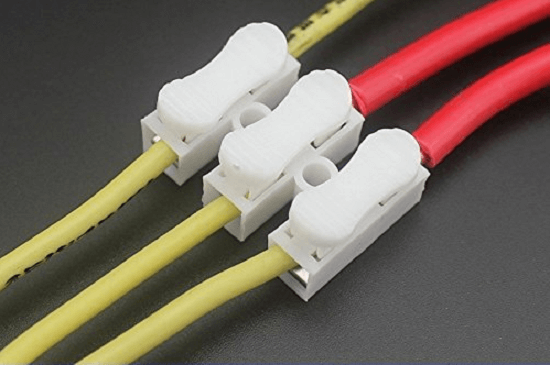
Switches The https://www.javatpoint.com/switch is used to change the state of the connected device. The types of switches are classified as:
Magnets A https://www.javatpoint.com/magnet is a substance or object, or material that gives rise to the magnetic field. A magnet can attract or repel other magnets depending on the polarity. It can also attract metals. The magnetic fields produced by magnets are used in various applications, such as televisions, power speakers, data storage in computers, and earphones. Solenoid https://www.javatpoint.com/solenoid are often known as electromagnets. It generates a magnetic field when an electric current is passed through the circuit. The circuit comprises a coil (arranged in the form of the helix), an electric connection, and a metal core (as a base for the current to flow). 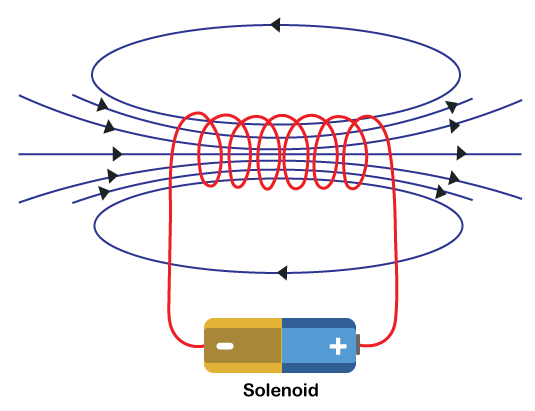
Applications of electronic componentsThe electronic components are used in various applications, such as automation, robotics, biomechanics, power electronics, mechatronics, renewable energy applications, photo voltaic systems, etc. Let's discuss the above applications in detail. We will also discuss the role of electronic components in these applications. AutomationThere are various devices used in the automation industry that is made up of different electronic components. The examples of such devices are HMI displays, https://www.javatpoint.com/plc, electric actuators, servo motors, robotics, relays, etc. For example, relays comprise the solenoid, soft iron core, movable iron armature, connectors, and circuit board (connecting multiple relays). We can also add further components as per the requirements. RoboticsRobots are used in the manufacturing industries to perform some automatic tasks, semiconductor industries, packaging, material assembling, material handling processes, etc. The electronic components used in the robotics field include diodes, LEDs, rectifiers, power supplies, voltage regulators, transistors, and relays. Moreover, every automatic process required electronic components to create a model. Hence, electronic components play a vital role in every field. Power electronicsPower electronics is the process of converting or control electric power using electronic devices. The common components are inverters, batteries, converters, variable speed motors, etc. The prevention of power loss is necessary for better efficiency. Hence, electronic components are essential for the fast response of the power electronics system. MechatronicsAs the name implies, mechatronics is the combination of mechanical and electronics. It offers advanced control of the system, operations, construct, design, and processes. The main components of mechatronics are actuators, sensors, mechanical, and controllers. Renewable energy applicationsRenewable energy is the energy from the sun, wind, water, and the tides. The energy received from these resources can be utilized with the help of circuits made up of electronic components. For example, solar panels, wind turbines, fuel cells, etc. Photo voltaic systemsA photovoltaic system is a power system that generates power from sunlight. It is a system designed to generated solar power through the photovoltaic system. It means that it is a device that converts solar energy into electric energy. The power generated by such a system is DC (Direct Current). Therefore, it can be directly used by devices that rely on DC power sources. Its components are grid, inverter, solar panels, network meter, etc., further made up of various electronic components. Thus, we can conclude that electronic components are a vital part of our everyday life. Most of the household appliances or the devices around us are made up of the electronic components discussed above.
Next TopicLinkedIn
|
 For Videos Join Our Youtube Channel: Join Now
For Videos Join Our Youtube Channel: Join Now
Feedback
- Send your Feedback to [email protected]
Help Others, Please Share





